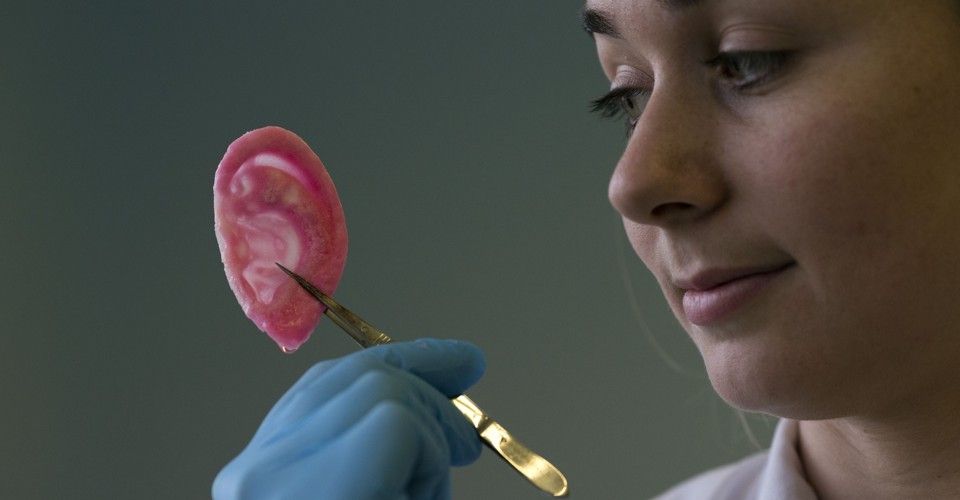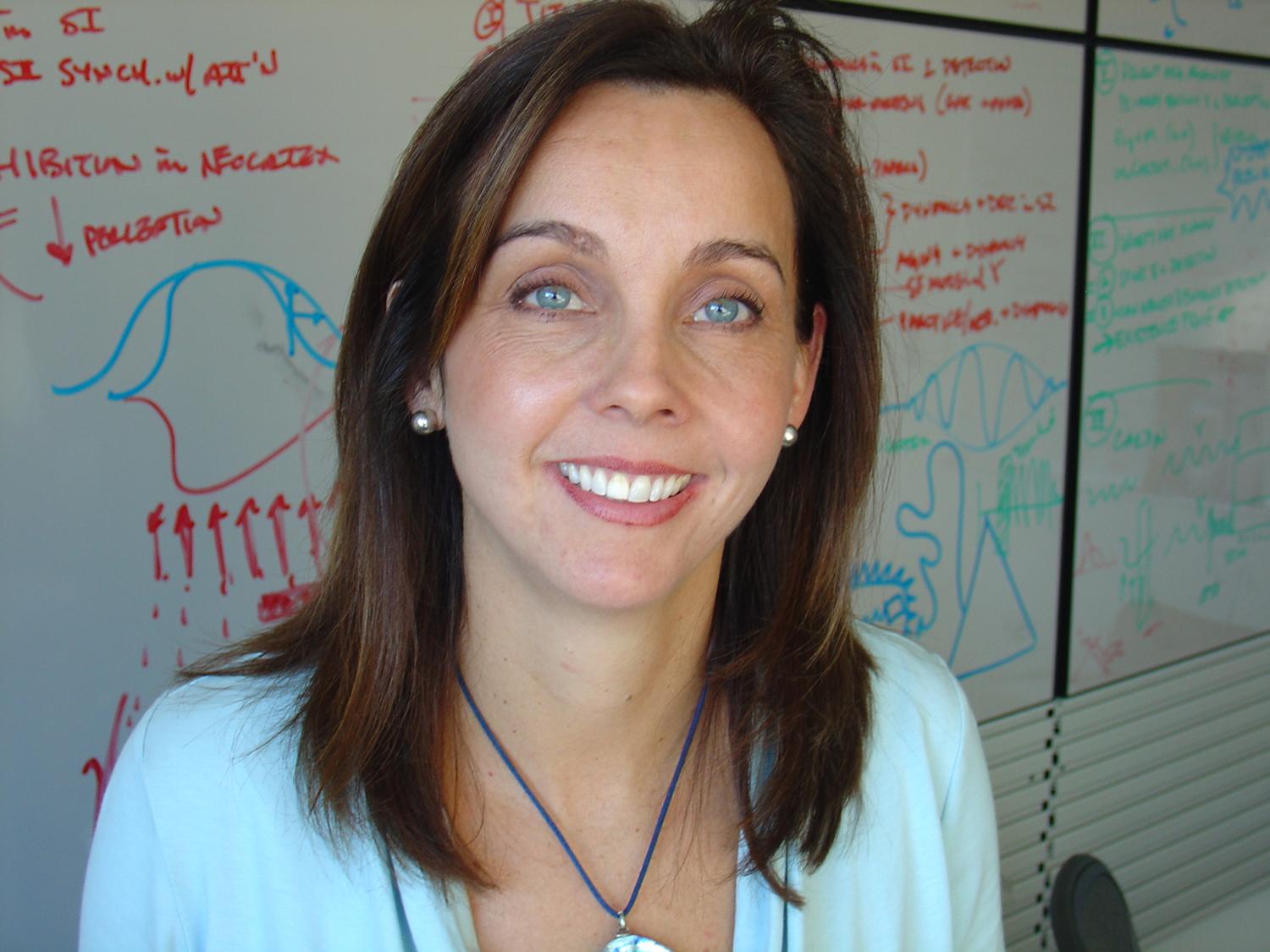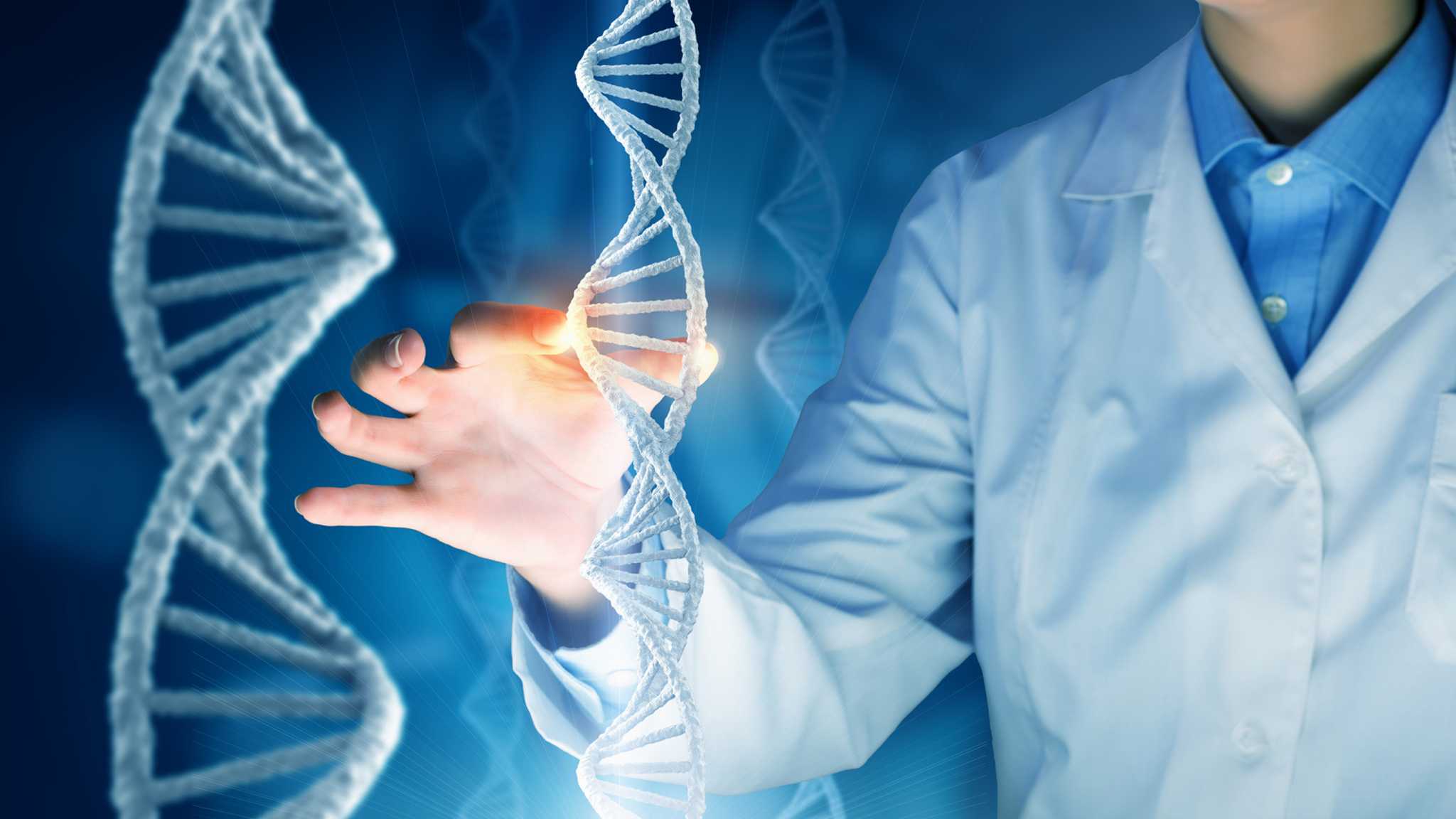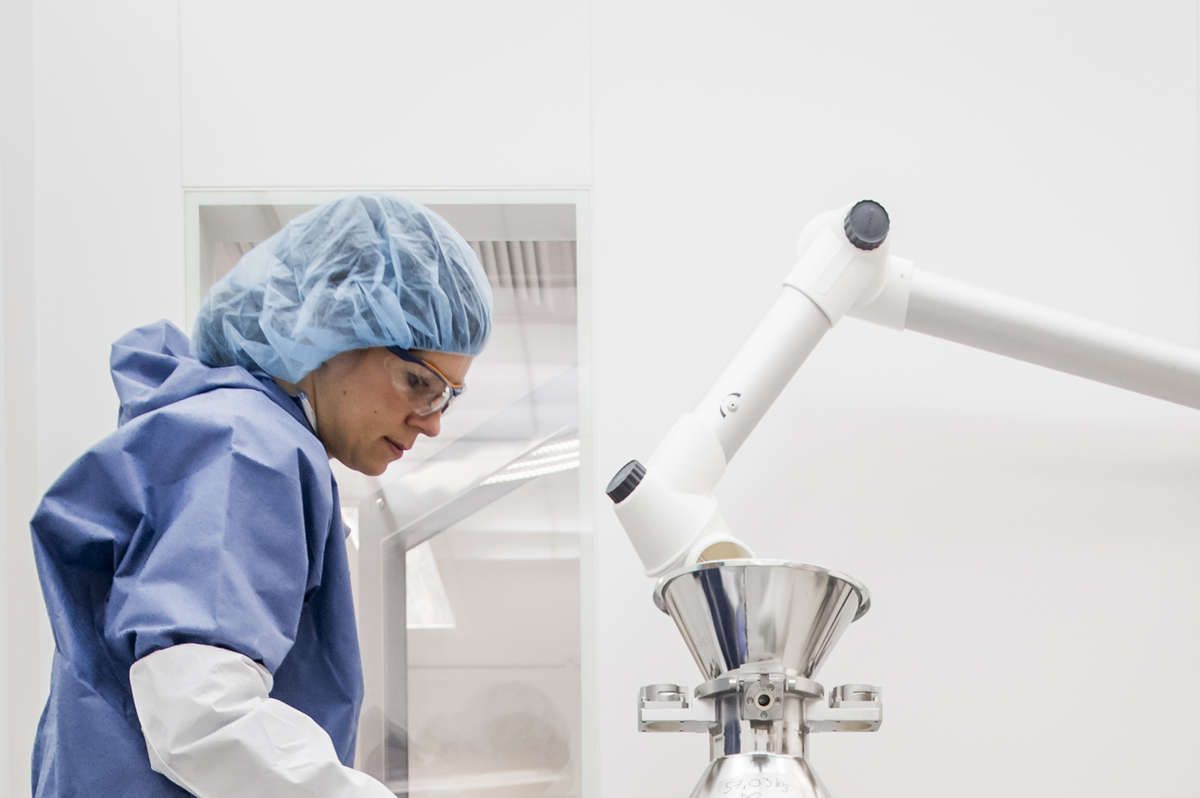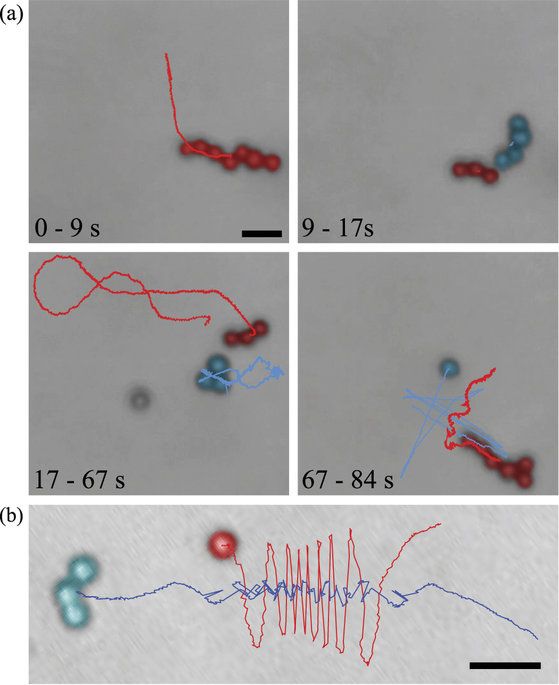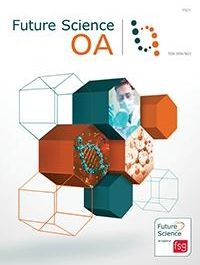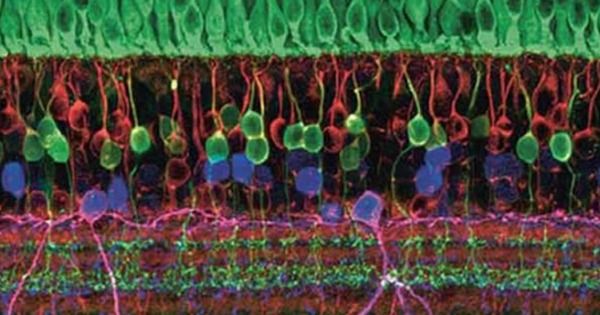Archive for the ‘biotech/medical’ category: Page 2541
Jul 28, 2016
New theory explains how beta waves arise in the brain
Posted by Karen Hurst in categories: biotech/medical, neuroscience
Beta rhythms, or waves of brain activity with an approximately 20 Hz frequency, accompany vital fundamental behaviors such as attention, sensation and motion and are associated with some disorders such as Parkinson’s disease. Scientists have debated how the spontaneous waves emerge, and they have not yet determined whether the waves are just a byproduct of activity, or play a causal role in brain functions. Now in a new paper led by Brown University neuroscientists, they have a specific new mechanistic explanation of beta waves to consider.
The new theory, presented in the Proceedings of the National Academy of Sciences, is the product of several lines of evidence: external brainwave readings from human subjects, sophisticated computational simulations and detailed electrical recordings from two mammalian model organisms.
“A first step to understanding beta’s causal role in behavior or pathology, and how to manipulate it for optimal function, is to understand where it comes from at the cellular and circuit level,” said corresponding author Stephanie Jones, research associate professor of neuroscience at Brown University. “Our study combined several techniques to address this question and proposed a novel mechanism for spontaneous neocortical beta. This discovery suggests several possible mechanisms through which beta may impact function.”
Jul 28, 2016
Yale team designs gene modification system
Posted by Karen Hurst in categories: bioengineering, biotech/medical, genetics
A Yale research team has designed a system to modify multiple genes in the genome simultaneously, while also minimizing unintended effects. The gene-editing “toolbox” provides a user-friendly solution that scientists can apply to research on cancer and other disciplines, according to a news release from Yale.
The study was published on July 26 in Nucleic Acids Research.
The news release states that, with modern genetic engineering techniques, researchers can edit genes in experiments. This allows researchers to study important disease-related genes and may ultimately allow them to treat genetic diseases by making edits in specific sites of the human genome. However, progress has been hampered by several challenges, including the editing of unintended sites — referred to as off-target effects.
Continue reading “Yale team designs gene modification system” »
Jul 28, 2016
U.S. wary on biotech advances; gene editing, CRISPR ‘raising urgency’
Posted by Karen Hurst in categories: bioengineering, biotech/medical, ethics
Hmmm.
We can rebuild him; we have the technology—but Americans question if we should in a new survey designed to assess attitudes to modern biotechnology advances.
A new report, based on a survey of 4,700 U.S. adults coming out of the Pew Research Center, looked at a range of views on certain advances in biology, with opinions split on the ethics and long-term problems associated with enhancing human capacity.
Continue reading “U.S. wary on biotech advances; gene editing, CRISPR ‘raising urgency’” »
Jul 28, 2016
Versatile microrobotics using simple modular subunits
Posted by Klaus Baldauf in categories: biotech/medical, particle physics, robotics/AI
The realization of reconfigurable modular microrobots could aid drug delivery and microsurgery by allowing a single system to navigate diverse environments and perform multiple tasks. So far, microrobotic systems are limited by insufficient versatility; for instance, helical shapes commonly used for magnetic swimmers cannot effectively assemble and disassemble into different size and shapes. Here by using microswimmers with simple geometries constructed of spherical particles, we show how magnetohydrodynamics can be used to assemble and disassemble modular microrobots with different physical characteristics. We develop a mechanistic physical model that we use to improve assembly strategies. Furthermore, we experimentally demonstrate the feasibility of dynamically changing the physical properties of microswimmers through assembly and disassembly in a controlled fluidic environment. Finally, we show that different configurations have different swimming properties by examining swimming speed dependence on configuration size.
The animals, some of which were cloned from the same tissue as Dolly, appeared as healthy as non-cloned sheep, a study suggests.
Jul 26, 2016
A bioink
Posted by Karen Hurst in categories: 3D printing, 4D printing, biotech/medical
Future Science Group (FSG) today announced the publication of a new article in Future Science OA looking to identify and define key terms associated with bioinks and bioprinting.
The use of 3D printing technologies for medical applications is a relatively new and rapidly expanding field, and is being approached in a multi-disciplinary manner. This has led to overlapping and ambiguous definitions within the field as a whole, and confusion over some terms, for example the prefix of ‘bio-‘. This new piece from William Whitford (GE Healthcare Life Sciences, USA) and James B. Hoying (Advanced Solutions Life Sciences, USA) introduces common definitions for 3D bioprinting-related terms, putting them into context. Terms defined within the article include 3D and 4D printing, bioadditive manufacturing, biofabrication, biomanufacturing, bioprinting, biomimetic printing and bioinks, among others.
“Additive manufacturing has transformed our approach to production in many ways,” notes Whitford. “There is now rapid development in the bioresearch, diagnostic and therapeutic applications for 3D printing. It’s difficult to even keep abreast of the number and types of relevant printing technologies, applications and vocabulary. We here identify some of the terms recently coined in this arena.”
Jul 26, 2016
Israeli researchers find way to detect cancer cells before becoming brain tumors
Posted by Karen Hurst in categories: biotech/medical, neuroscience
Promising work.
Tel Aviv University research opens the “black box” of malignant melanoma.
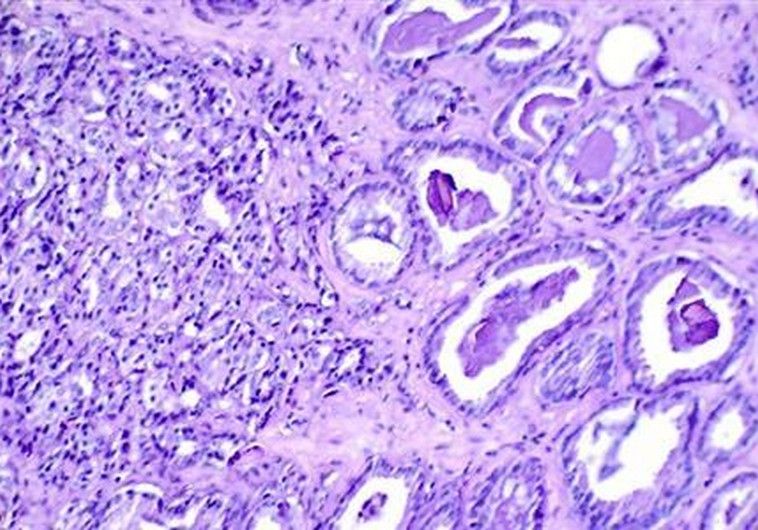
Jul 26, 2016
We’re Understanding How The Brain Functions By Linking Retinas To Chips
Posted by Karen Hurst in categories: biotech/medical, computing, genetics, neuroscience
Many folks are not aware that one of the early detections of GBM is through a person’s weakened eyesight as well as Ophthalmologist examinations.
The retina is essentially part of the brain. Studying them led researchers one step closer to understanding how the brain processes stimuli.
There is a genetically transmitted disease that causes the eyeballs to twitch back and forth, and it’s called Nystagmus. It impacts 1 in 1,500 men. Notably, it has been recently discovered that the twitching is caused by the miscalculations done by the retinal neurons in converting visual stimuli into electrical signals.
Continue reading “We’re Understanding How The Brain Functions By Linking Retinas To Chips” »
Jul 26, 2016
This new brain-scanning technique is literally mind expanding
Posted by Karen Hurst in categories: biotech/medical, neuroscience
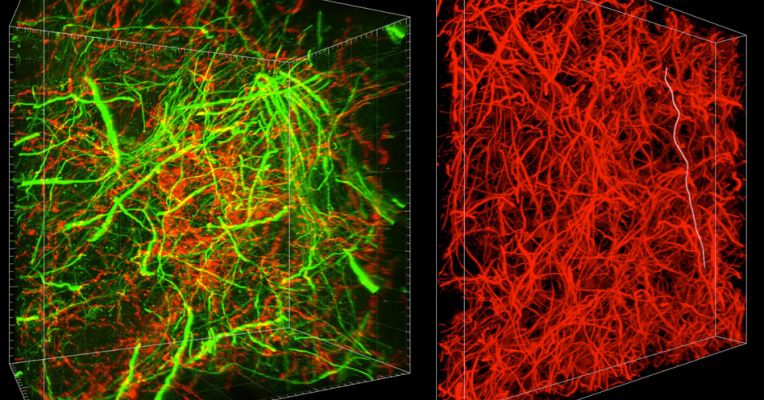
This amazing! I see so many uses both in medical/ healthcare as well as advancing the work in tech around brain sensory and mapping.
Sometimes it’s hard to tell the difference between science and technology ó almost all the time when it has to do with the brain. But this research from MIT that allows for vastly improved scans of the networks inside the brain is too cool to pass up, whether it’s tech, science, or somewhere in between.
Continue reading “This new brain-scanning technique is literally mind expanding” »
